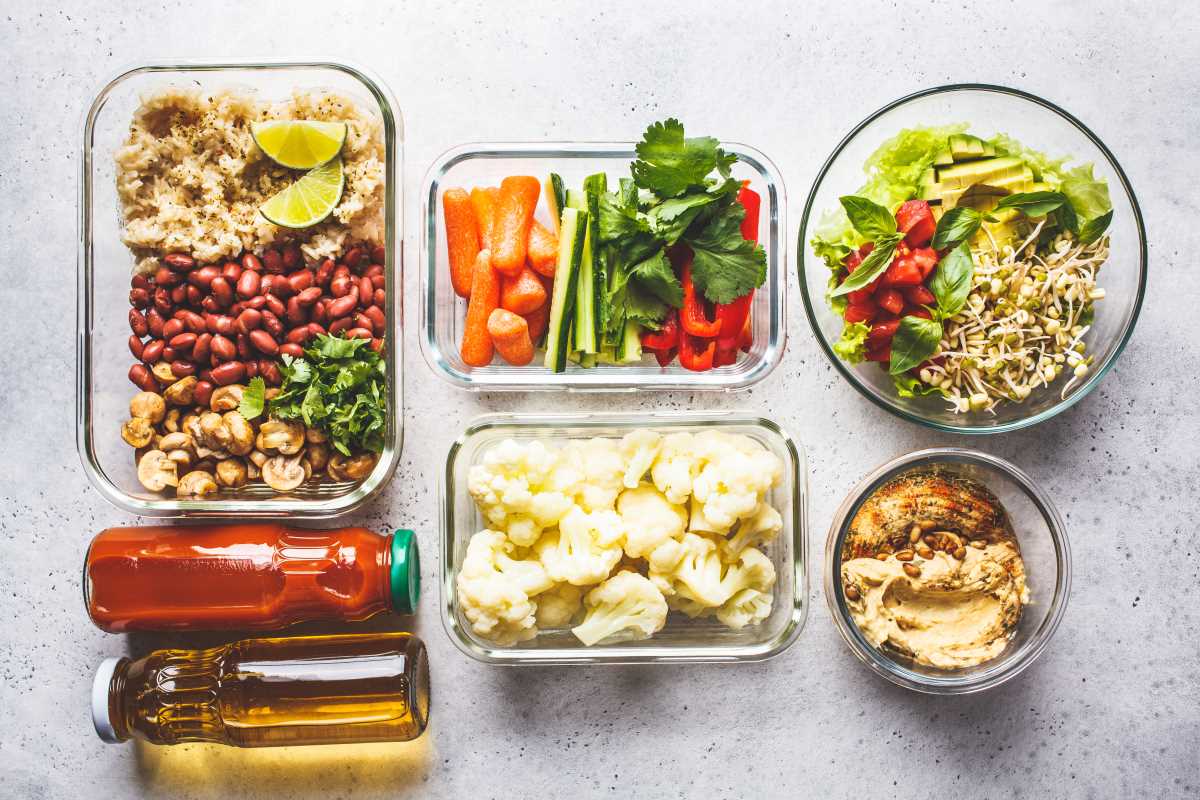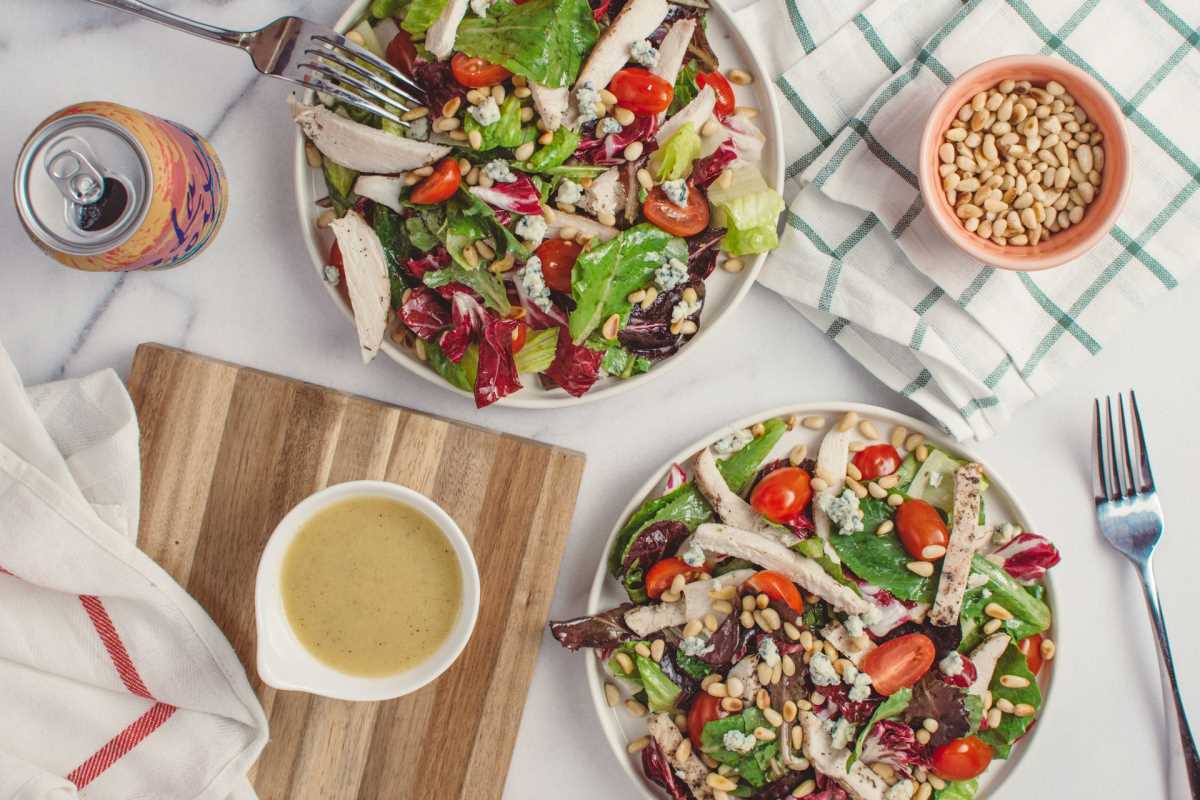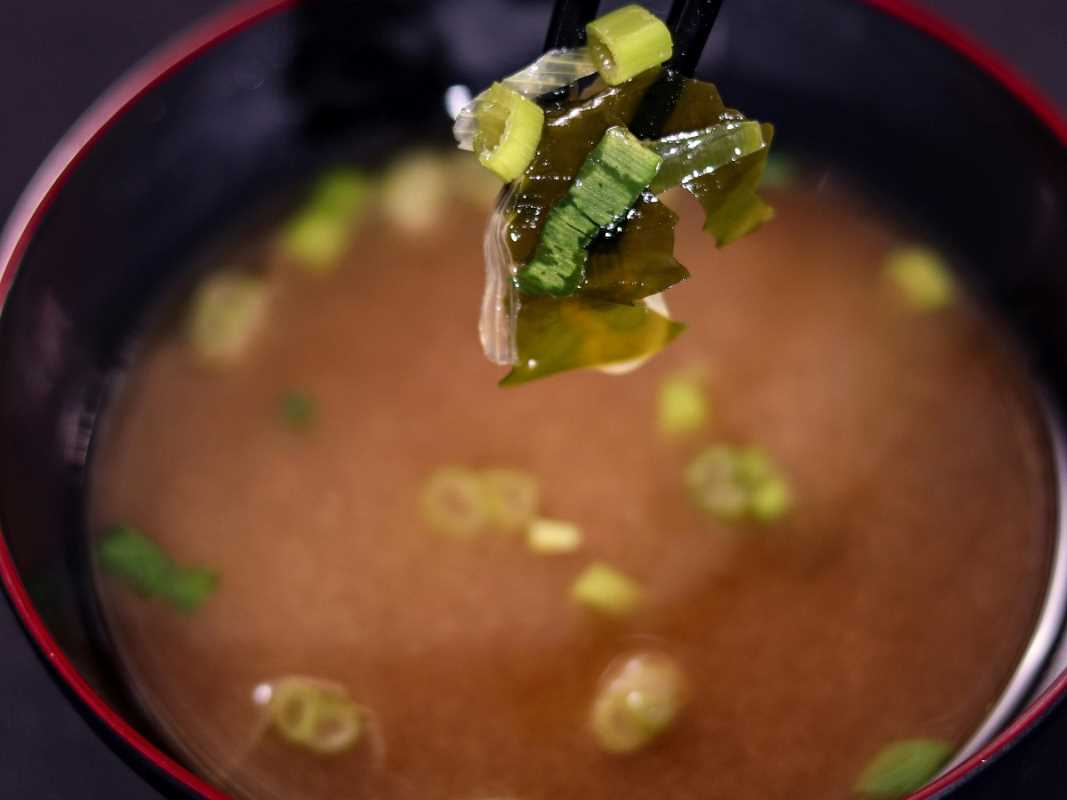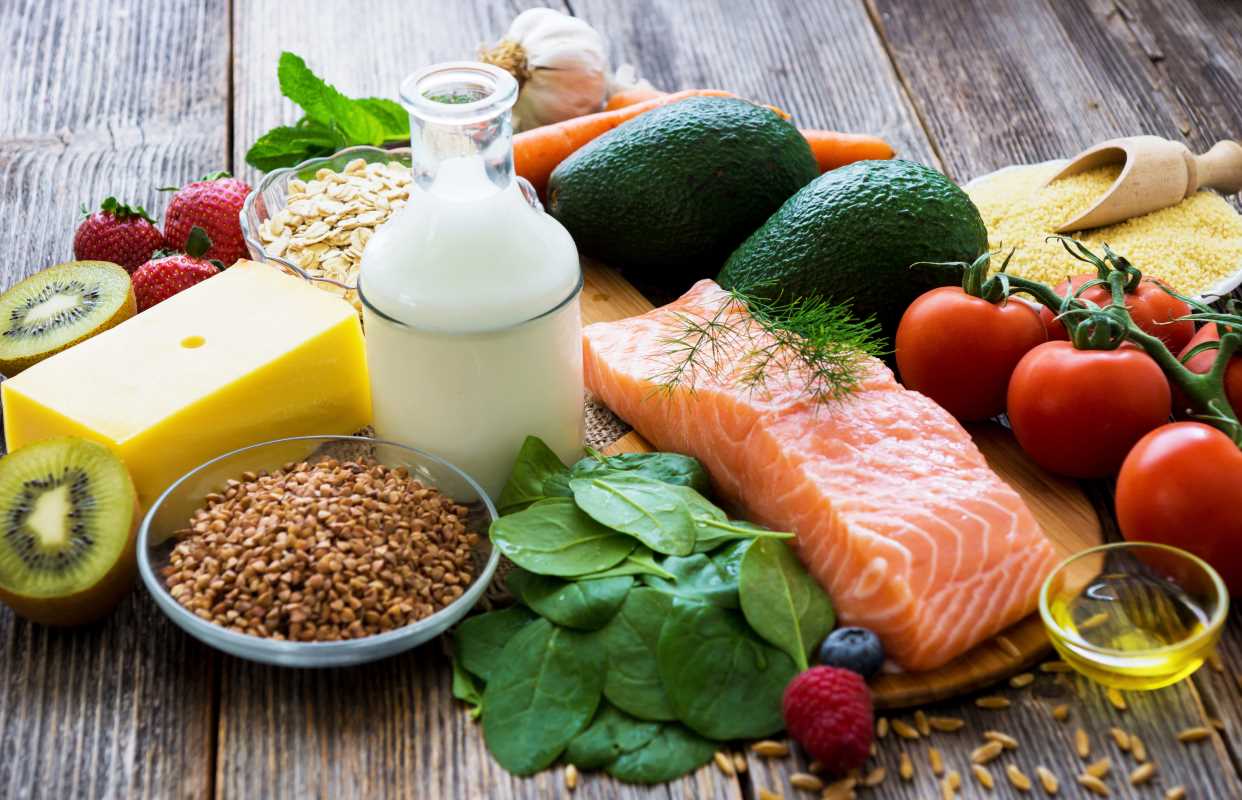Food is more than just sustenance. It’s woven into our memories, culture, and emotions. From childhood family dinners to celebratory cakes on birthdays, food often occupies a central place in our lives. However, for some, food becomes a source of emotional comfort rather than nourishment alone. Emotional eating, or eating in response to feelings rather than physical hunger, can create an unhealthy bond with food and leave us feeling stuck in an endless cycle of guilt and overeating.
This article explores the ins and outs of emotional eating, its impact, and strategies to develop a healthier relationship with food.
What Is Emotional Eating?
Have you ever indulged in a tub of ice cream after a stressful day, even though you weren’t physically hungry? Or reached for a bag of chips when feeling overwhelmed? That’s emotional eating. It’s the act of using food to deal with emotions, such as stress, sadness, boredom, or even happiness.
Unlike eating to satisfy physiological hunger, emotional eating is often tied to cravings for high-calorie, high-sugar, or high-fat foods. And while it offers momentary comfort, the longer-term impact often includes feelings of guilt, shame, and frustration. Emotional eating isn’t simply about a lack of willpower; it’s a deeply ingrained habit that requires understanding and effort to change.
Why Do We Turn To Food for Emotional Comfort?
To understand why emotional eating happens, we need to examine the connection between our brain, emotions, and food:
1. Food as Reward
For many, food has been equated with reward and love from an early age. A parent might have offered candy as a prize for good behavior or a treat to comfort a crying child. This sets the stage for food to become tied to emotions rather than hunger. Over time, our brains associate food with comfort and pleasure, creating a pattern that turns to food during emotional highs and lows.
For example, think about the holidays. Comfort foods like creamy mashed potatoes or sugary desserts often evoke feelings of warmth and nostalgia. While this emotional connection is natural, it can lead to reliance on food during emotional challenges if left unchecked.
2. The Science of "Feel-Good" Foods
Certain foods, particularly those laden with sugar and fat, trigger the release of dopamine, a neurotransmitter associated with pleasure and reward. This chemical reaction provides temporary relief from negative emotions, reinforcing the habit of emotional eating. Think about how satisfying it feels to have a piece of chocolate during a tough day. Although the relief is short-lived, the brain remembers this “fix,” prompting the cycle to continue.
3. Cultural and Social Influence
Many societies use food as a form of connection and celebration. From weddings to festivals, food plays a central role in how we gather and bond. While this is natural and healthy, it can become complicated when food becomes the go-to method for dealing with a wider range of emotional highs and lows. For instance, imagine attending a gathering where you feel out of place and find yourself hovering over the buffet table instead of addressing the discomfort.
Understanding these triggers helps us gain clarity on how we interact with our emotions and food.
The Long-Term Impact of Emotional Eating
Although it may feel good in the moment, emotional eating can have several consequences over time:
- Physical Health Issues: Consistently overeating calorie-dense foods can lead to weight gain and potentially chronic conditions like heart disease, respiratory issues, or diabetes. Overindulging in salty chips or sugary snacks can also result in nutrient deficiencies if healthier foods are neglected.
- Guilt and Shame: Using food for emotional support often leaves people feeling defeated, guilty, or embarrassed afterward. This cycle of overeating followed by self-criticism can damage self-esteem and make it harder to trust your food choices.
- Ignoring True Emotional Needs: Emotional eating masks the true reasons behind feelings such as stress, loneliness, or sadness. Rather than addressing these emotions directly, food becomes a temporary distraction, leaving the real issues unresolved.
Recognizing these patterns allows us to take a proactive step toward breaking free.
Building a Healthier Relationship with Food
The good news? Emotional eating doesn’t have to define your relationship with food. Below are evidence-based strategies to break free from the cycle and establish a healthy, balanced relationship with eating.
1. Recognize the Triggers
The first step involves identifying what’s driving your emotional eating. Keep a food and mood journal for a week or two. Note what you eat, how much, and how you’re feeling at the time. Do you crave sweets when you’re anxious? Is boredom leading you to the kitchen? Patterns will emerge, revealing key triggers.
Once you've recognized these triggers, start brainstorming alternative coping strategies. For example, if stress is your main trigger, consider replacing that post-work snack with a quick yoga session or a few minutes of deep breathing.
2. Practice Mindful Eating
Mindful eating focuses on being present with your food, noticing its flavors, textures, and the sensations of eating. This practice reduces overeating by allowing you to recognize feelings of fullness and hunger more accurately. Some tips for starting a mindful eating practice include:
- Eliminate Distractions: Sit down at a table and turn off the TV. Avoid scrolling through your phone or completing tasks while eating.
- Chew Thoroughly: Take smaller bites and chew each one completely before swallowing. This helps you savor your food and gives your brain time to register fullness.
- Tune Into Hunger Cues: Begin to notice when your body is physically hungry versus when it’s an emotional craving.
Mindful eating takes time to master, but even small improvements can make a major difference in your relationship with food.
3. Address Emotional Needs Directly
Rather than turning to food for comfort, directly address the underlying emotion or situation that’s causing distress. Here are some alternatives:
- Stress Relief: Try progressive muscle relaxation, deep breathing exercises, or even listening to calming music to counteract feelings of stress.
- Sadness or Loneliness: Foster connections by reaching out to a close friend, attending a community event, or journaling your thoughts.
- Boredom: Get creative by pursuing a hobby, tackling a small home project, or simply taking a brief walk outside.
By replacing food with healthier coping mechanisms, you’ll gradually weaken the tie between emotions and eating.
4. Create a Supportive Food Environment
Setting up your home for success can significantly reduce the temptation to emotionally eat. Here’s how:
- Stock Smart: Replace sugary snacks with fresh produce, nuts, yogurt, or whole-grain crackers. Create an environment where healthier choices are more convenient.
- Prepare Wisely: Plan meals for the week and prep when possible. This helps avoid unplanned takeout or impulse snacking during busy moments.
- Designate Eating Spaces: Commit to eating only at the dining table and avoiding “snacking zones” like the couch or bed.
These small, intentional changes can reduce opportunities for mindless or emotional eating.
5. Learn to Differentiate Hunger from Emotion
Before reaching for food, take a moment to ask, “Am I hungry, or am I feeling something else?” The HALT method can help you self-assess. Check if you’re Hungry, Angry, Lonely, or Tired. If the answer falls under one of the latter emotions, take steps to address it before grabbing a snack.
For example, if you’re tired, a 20-minute nap might rejuvenate your energy better than a handful of chips. If you’re lonely, a quick chat with a loved one may offer more comfort than an oversized piece of cake.
6. Give Yourself Permission to Enjoy Food
Many people fall into the trap of labeling foods as “bad” or “good,” leading to feelings of guilt and frustration when cravings hit. Instead, practice balance and moderation. Allow yourself to enjoy a small treat intentionally, savoring it fully, rather than hastily bingeing with a side of guilt.
Remember, food is not the enemy. It’s meant to nourish your body and bring you joy.
7. Build a Support Network
Forming connections with others who are working toward healthier food habits can provide accountability and encouragement. This could include:
- Confiding in a trusted friend or family member.
- Joining a support group focused on mindful eating.
- Working with a registered dietitian or coach for personalized guidance.
Being part of a community can make the process feel less isolating.
8. Seek Professional Help When Necessary
For some individuals, emotional eating may be tied to deeper challenges such as trauma, anxiety, or depression. If you find that emotional eating feels overwhelming, consulting a licensed therapist or counselor can be life-changing. Cognitive-behavioral therapy (CBT), in particular, helps address the thoughts driving emotional eating and offers practical strategies to create lasting change.
Celebrating Progress and Practicing Self-Compassion
It’s important to remember that breaking free from the emotional eating cycle is a marathon, not a sprint. Celebrate every small victory, such as choosing a walk over a snack or successfully practicing mindful eating. If you experience a setback, treat it as a learning experience rather than a failure. Ask yourself, “What triggered this behavior?” and “What can I try differently next time?”
Practicing self-kindness and forgiveness is essential. Change is rarely linear, but every step you take brings you closer to your goal.
The Endgame: Food as Nourishment and Joy
At its core, building a healthy relationship with food is not about perfection. It’s about learning to truly listen to your body, honoring its needs, and rediscovering the joy of eating without guilt or shame. Over time, these small changes can lead to significant improvements in both your physical health and emotional well-being.
 (Image via
(Image via





